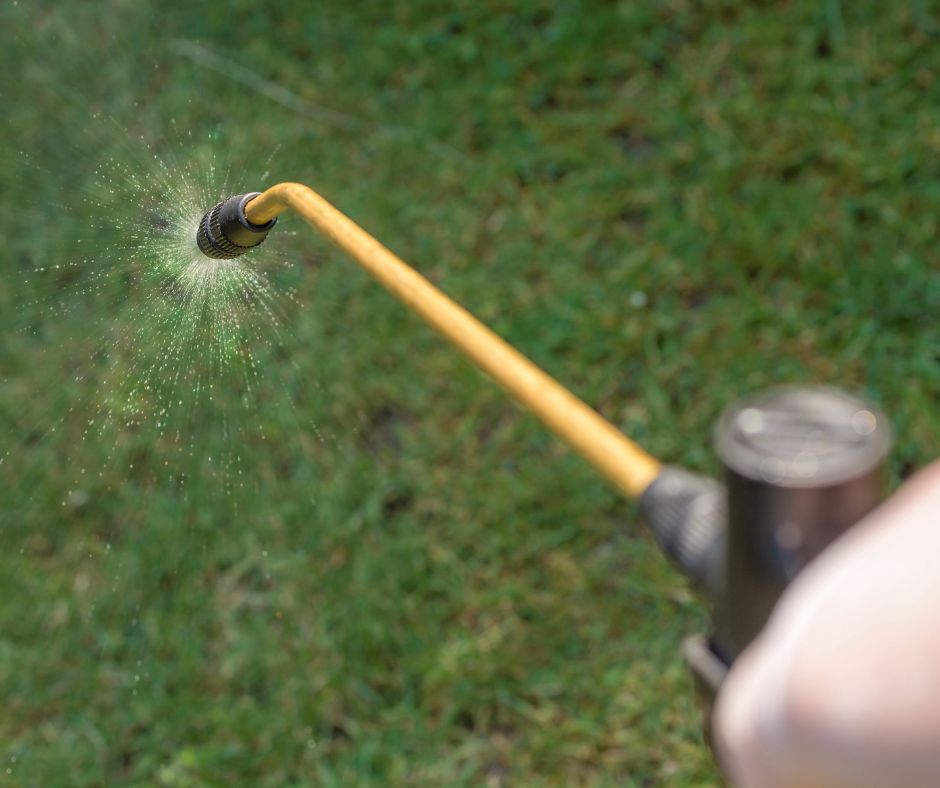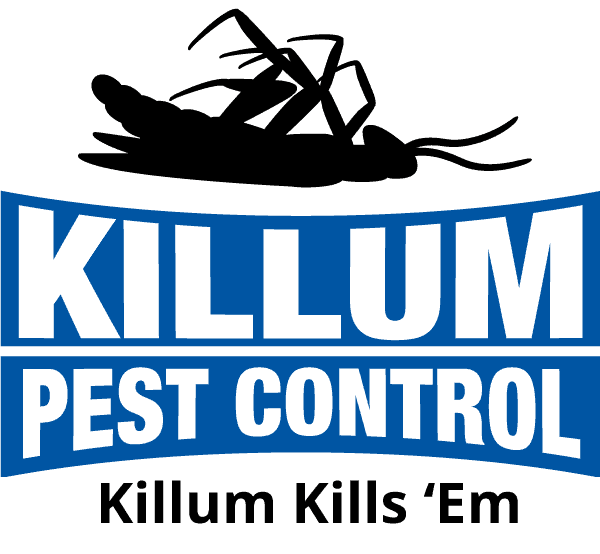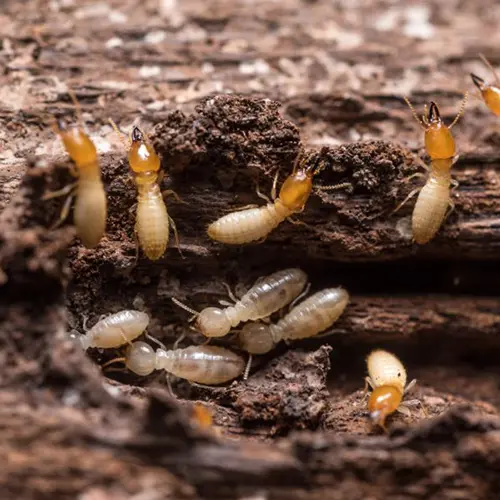Top-rated Pest Control in Charlotte County for Your Property and Business
Learn About the most up to date Advances in Bug Control and Just How to Apply Reliable Treatment Solutions
Over the last few years, the field of pest control has witnessed significant advancements, driven by the requirement for lasting and effective treatment services. Innovative strategies such as Integrated Parasite Management (IPM) incorporate green exercise with sophisticated technology, improving both effectiveness and environmental duty. Furthermore, the combination of clever technologies and DIY methods has actually equipped individuals to tackle parasite concerns better. As we explore these developments, it comes to be necessary to comprehend exactly how finest to carry out these approaches in numerous settings to attain ideal outcomes. The implications for insect administration methods can be transformative.
Eco-Friendly Pest Control Options
In the last few years, the demand for green bug control alternatives has actually surged as businesses and property owners alike look for lasting options to standard chemical therapies. This change is driven by growing environmental awareness and a wish to reduce the wellness threats linked with artificial chemicals.

Environment-friendly bug control techniques encompass a variety of methods that prioritize making use of all-natural compounds and practices. Integrated Parasite Administration (IPM) is one such method, incorporating biological, cultural, and mechanical methods to handle pest populaces while decreasing dependence on chemicals (Wildlife removal services). This alternative method stresses prevention via habitat adjustment and the introduction of all-natural predators, therefore promoting a well balanced community
Another prominent alternative is the use of botanical pesticides originated from plants, which have a tendency to be much less damaging to non-target microorganisms. Products like neem oil and diatomaceous earth have obtained traction for their performance in controlling bugs while posing very little threats to human health and the setting.
Additionally, exclusion strategies, such as sealing entrance factors and keeping cleanliness, play a critical role in environment-friendly pest administration. By embracing these lasting practices, services and individuals can properly handle pests while promoting a much healthier earth for future generations.
Smart Technology in Insect Administration
Innovation is reshaping the landscape of insect administration, with wise modern technology becoming a pivotal force in enhancing efficiency and efficiency - Wildlife removal services. The combination of Web of Things (IoT) gadgets, man-made knowledge (AI), and information analytics is reinventing just how parasite control specialists come close to problems
Smart catches outfitted with sensing units can identify parasite task in real-time, sending out instant informs to operators. This enables timely responses, minimizing damage and decreasing the requirement for comprehensive treatments. Additionally, AI formulas assess historic data to predict pest actions, making it possible for positive interventions based on ecological problems and infestation patterns.
Drones and automated lorries are additionally playing a considerable function in pest monitoring, supplying aerial assessments of big areas, recognizing hotspots, and also distributing targeted therapies. These innovations not only simplify operations but additionally improve safety by restricting human exposure to possibly damaging chemicals.
Additionally, mobile applications encourage consumers to monitor bug activity and accessibility professional suggestions, promoting a collaborative method to pest management. Generally, the adoption of wise technology is establishing a new standard in insect control, emphasizing data-driven choices and sustainable methods that ultimately benefit both homeowners and experts alike.
Integrated Pest Administration Approaches
Integrated Insect Monitoring (IPM) uses a holistic technique to pest control, combining different approaches to efficiently handle parasite populations while lessening threats to human health and the atmosphere. IPM focuses on recognizing the pest life cycle, their natural opponents, and the ecological community in which they flourish.
One of the essential parts of IPM is monitoring pest populations with routine examinations and data collection. This permits the identification of bug limits, establishing when treatment is necessary. Cultural practices, such as crop rotation, habitat, and cleanliness control, are crucial in lowering pest prevalence and advertising plant wellness.
Mechanical controls, consisting of catches and obstacles, are also important in IPM. These methods can physically get rid of or hinder parasites without using chemicals. When needed, the sensible application of chemical controls is utilized, focusing on targeted therapies that decrease ecological impact.
Education and partnership among stakeholders, consisting of farmers, parasite control experts, and the neighborhood, are important for the successful implementation of IPM approaches. By focusing on sustainable practices, IPM not just addresses pest problems but additionally cultivates a healthier ecosystem.
Biological Control Approaches
Many biological control approaches are progressively recognized for their effectiveness in handling insect populaces while advertising ecological equilibrium. These techniques harness all-natural predators, parasites, and microorganisms to reduce pest numbers without depending on artificial chemicals. For instance, the intro of ladybugs can efficiently regulate aphid populations, while nematodes target soil-dwelling pest larvae.
In addition, the use of microbial chemicals, such as Bacillus thuringiensis (Bt), offers an eco friendly choice for managing caterpillar bugs. These items particularly target pest varieties, reducing injury to advantageous pests and pollinators. Furthermore, conservation organic control emphasizes improving environments for natural opponents, such as birds and valuable insects, consequently motivating their presence in agricultural systems.
Study continues to reveal ingenious techniques within this area, such as making use of pheromones to disrupt pest mating patterns or the advancement of biocontrol representatives via genetic modification. Carrying out these techniques can cause sustainable pest monitoring techniques that mitigate the reliance on chemical interventions, ultimately fostering healthier communities. As understanding of these methods grows, they are ending up being important parts of incorporated bug monitoring (IPM) approaches, supplying an equilibrium in between efficient insect control and environmental stewardship.
DIY Pest Control Solutions
As homeowners seek reliable means to take on bug problems, DIY pest click to read control solutions have actually obtained appeal for their availability and cost-effectiveness. These techniques empower people to resolve invasions utilizing readily offered products and methods, frequently without the need for specialist treatment.

Furthermore, preserving proper sanitation and normal assessments can stop insect entry and nesting (Wildlife removal services). Simple techniques, such as securing fractures, removing food resources, and decluttering, can dramatically decrease parasite populations. Traps, both homemade and commercially readily available, can additionally provide effective solutions for surveillance and managing specific parasites like pests or rodents

Final Thought
The assimilation of environment-friendly pest control choices, clever you could try this out innovation, and cutting-edge management methods presents an extensive strategy to effective bug monitoring. By accepting Integrated Bug Management (IPM) and utilizing organic control approaches, alongside DIY options, sustainable and responsible parasite control can be achieved.
Environment-friendly parasite control methods encompass a variety of what is pest control services strategies that prioritize the usage of all-natural substances and methods. Integrated Bug Monitoring (IPM) is one such approach, combining biological, cultural, and mechanical techniques to take care of parasite populations while reducing reliance on chemicals. As awareness of these methods grows, they are ending up being important parts of incorporated parasite monitoring (IPM) strategies, offering a balance between effective pest control and environmental stewardship.
The integration of eco-friendly pest control options, smart technology, and innovative monitoring approaches offers a thorough strategy to efficient bug administration. By accepting Integrated Pest Management (IPM) and making use of organic control techniques, together with DIY remedies, lasting and accountable parasite control can be attained.